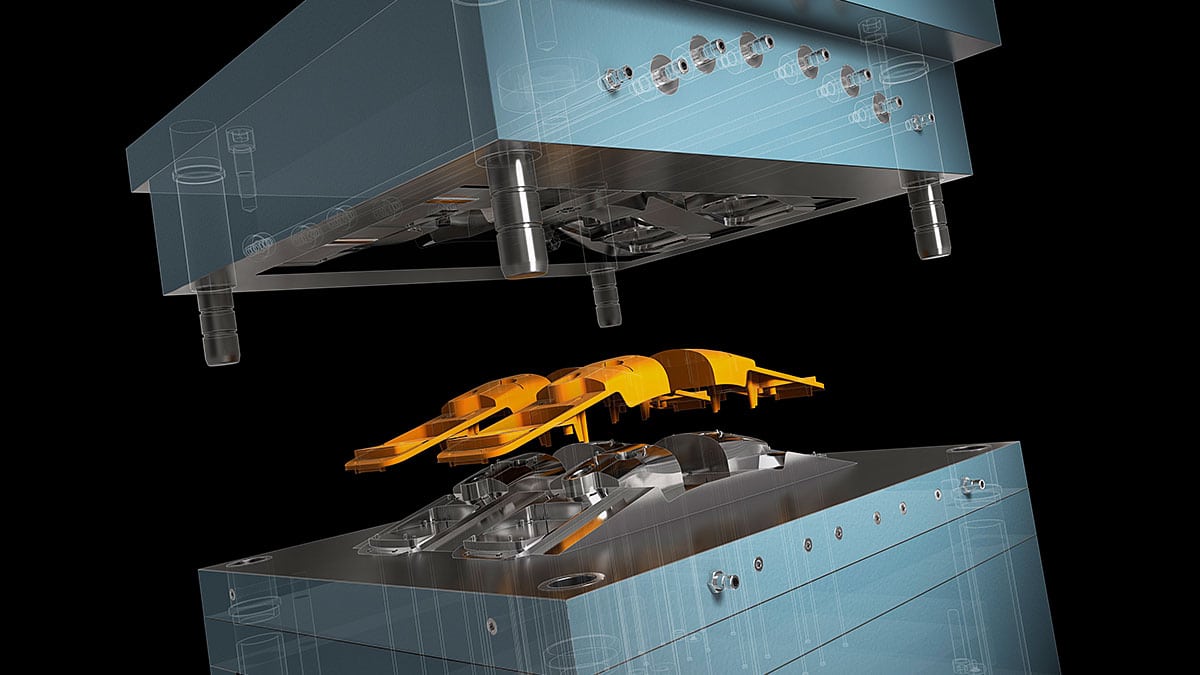These days, there is a rapid shift happening in the way things are engineering and built. Most equipment or buildings you see that’s been constructed recently has been designed with software, eschewing the traditional pen and paper method. It’s a rewarding and evolving career that’s on the rise, and in the world of Computer-Aided Design (CAD) and CAD school, you’re going to hear a lot of talk about product requirements.
Product Requirements
A product requirements document is a thorough explanatory document written by a company that’s the main purpose is to define a product it intends to make. It is essentially a list of explanations and requirements for the product that you as a graduate of CAD training would be helping to design. Product requirement documents come before the marketing requirement documents of a product, which outline the prospective customer’s wants and needs in regard to the product.
Product requirements documents often contain things such as the product overview, usability, environmental requirements, the constraints and timelines of the design, and technical requirements. There are usually two distinct types of requirements:
- Functional requirements: features that are built to serve the products’ users
- Non-functional requirements: technical requirements that concern operation.
Project Planning
Product requirements are the backbone of project planning, as you’ll learn in computer-aided design courses. They help lay out a timeline of when things are expected to be completed, as well as giving a thorough overview of what the eventual completion of the product should entail. Thoroughly adhering to a product requirements document is the first step to a successful project. They have to be created with enough specificity as to inform anyone about the general ideas of a product upon reading, but flexible enough that engineers are able to use their own creativity and design nuances to put their mark on the product.
Creating Product Requirements
There are several factors you must consider when drafting product requirements in order to start planning a project. First of all, consider the user of the end product and their user type. Outlining the multiple users you expect your product to have, and to what end it affects them is a great place to start.
This often involves writing “user stories” that depict the hypothetical use of the product you’re designing by your user, detailing what difficulties they could experience and how you can account for them in the design. This might mean asking questions like what the user was doing when they encountered the problem, and what are they trying to achieve.
How you Want it to Work vs. What it is
Too often people include specifics of what they want in product requirements and not the important ideas of how it should be developed. The concept of a “what” is specific and vaguely defined enough in terms of creating that it allows for the engineer to design it from the ground up. Describing how a product should be built to address an issue is much clearer and easier to develop than saying, “I want this.” It gives insight into why it should be that way, and what functions it will serve.
Identify the Problem You’re Solving
When it all comes down to it, product requirements are just that: what are the requirements of this product? What problem is it going to solve? This is the key to writing properly descriptive product requirements documents that will inform the intelligent development of a product that is carefully designed to meet specific needs, not just to be a product. It’s the first step towards intelligent, thoughtful design and great project planning.



